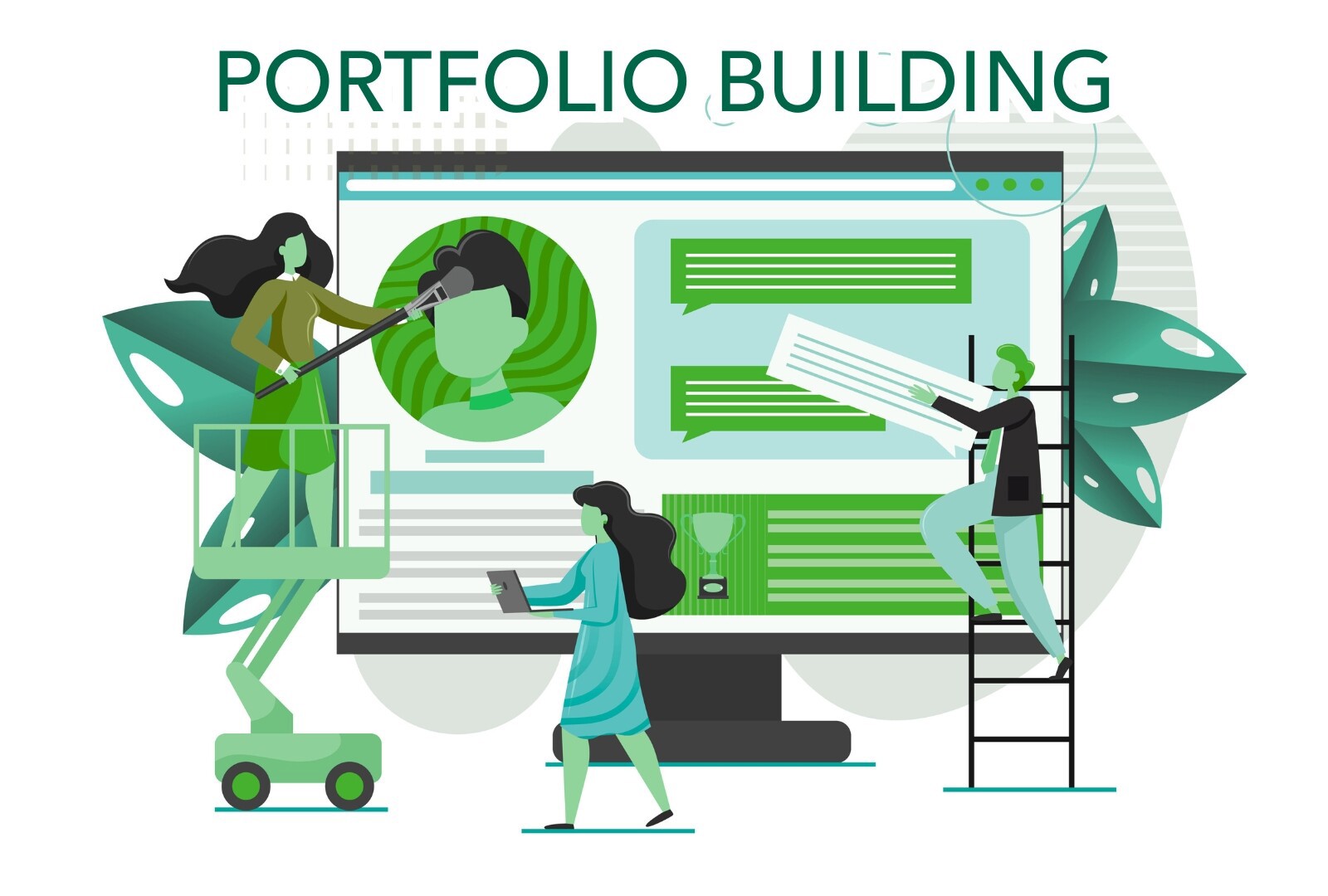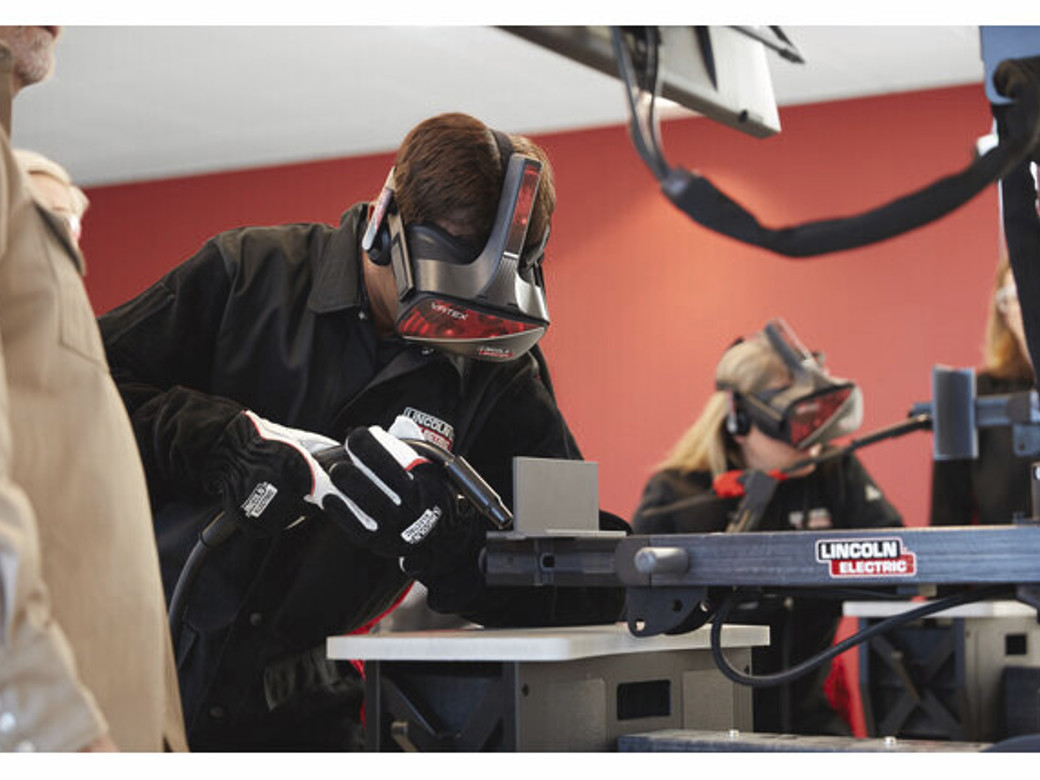Students and professionals from a variety of industries use portfolios to highlight a specified set of skills and display their progression between projects. For college students, building a portfolio is especially important as it helps bridge the gap between academic learning and real-world application, demonstrating growth and adaptability to future employers. Portfolios are not only beneficial to artists and designers, but to most individuals who have contributed their skills to develop a product. For self-taught learners, a portfolio may be crucial in order to properly showcase work without industry experience. The first step to building a portfolio is learning about the different types.
The most common types of portfolios are development, assessment, and showcase. Development portfolios are purposed to document the process of an ongoing project or assignments. For example, companies may use development portfolios to track stages of production. Assessment portfolios share the academic works from students to assess the skills developed within a curriculum. Finally, Showcase portfolios not only display a level of expertise in a career-field, but they can also display accomplishments. Most artists and designers build personal showcase portfolios as virtual galleries
For Liam Hargreaves, an Ivy Tech visual communications student and Indianapolis Public Library (IndyPL) intern, his artistic portfolio was curated with the theme of multimedia arts. Hargreaves swiftly built his portfolio using a free website builder platform: Carrd.co.
Hargreaves focused on including work that he found significant and could introduce part of his identity, both as an artist and an individual.
“Art should be something you love, and I think your portfolio should reflect exactly what you love to do,” Hargreaves shared.
Shakkira Harris is a multidisciplinary storyteller and the director of content marketing at Ivy Tech Indianapolis. She effortlessly blends experience within various industries to showcase the best qualities from the work she has done. Answering a few questions, Harris provides insight from her portfolio-building process and offers helpful planning tips for Ivy Tech students.
What kind of portfolio do you have?
I have a digital portfolio that showcases my work in journalism, marketing, communications, and storytelling. It’s designed to reflect the range of content I produce—from feature stories and press releases to social media campaigns and internal communications. The goal is to highlight both the creative and strategic sides of my work.
What site or software did you use?
I build my site using Squarespace. I have experience with many content management systems (WordPress, Wix, Brightspot, Umbraco, etc.). Still, Squarespace offers the flexibility I needed to visually organize my work in a clean, professional layout, and it is relatively intuitive to use—even without a deep background in web design.
Was building your portfolio a simple process?
For the most part, yes. The hardest part wasn’t the platform—it was curating the right pieces, writing compelling summaries, and making decisions about what best represents my voice and abilities. Over the years, I have written, produced, and shot thousands of stories, so once I mapped that out, the site-building itself was fairly smooth.
What did you include in your portfolio?
I included a mix of writing, videos, and voice-over work across different formats and audiences—articles, blogs, videos, and social media content. Left out, is the hours of work it takes to make each piece – the drafts, the editing process, the brainstorming, the execution of post-production, and so much more. In short, it's the grunt work that the viewers don’t see in your portfolio – the hours of time spent on a single piece – they see the beautifully polished finished product.
What works did you leave out?
Some may wonder why I leave earlier pieces in my portfolio (some examples of my work are from when I was still in undergrad!), and that is because I think the integrity of a CV or portfolio is in the growth of your work, style, and professionalism. It’s in evolution where you see the true work ethic of a person’s character. It’s the proof of progress, if you will. To cut them out would be to deny the truth of growth itself. Something I always remind myself – and would like to share now – is that every expert was once a beginner, and every masterpiece starts with a rough draft.
Is there a specific role you built your portfolio for?
I’m not sure it’s geared toward a specific role, per se. It is mostly designed to speak to my expertise in storytelling. Like most others with a portfolio, I feel, I hope it speaks to potential collaborators, employers, or institutions that value thoughtful, strategic messaging and narrative clarity.
How often do you update?
I try to update quarterly—or whenever I complete a major project I am proud of, like, for instance, the fourth edition of the Ivy Indy Magazine, which was published in January. It wasn’t long after I made sure to add it to my website.
In my experience, it’s important to treat your portfolio like a living document. Especially if it is available to view by the public and not private or password-protected. If you only update it when you’re job hunting, it’s easy to forget important wins or lose track of the details that make your work stand out.
Any Additional Tips?
Be intentional. Don’t just upload a bunch of files—tell the story of your work. Use descriptions to explain your work history, your current role, the impact of your work, and any measurable outcomes. Also, tailor your portfolio to your industry. What works for a writer might not be what works for a visual designer. Keep your ear to the ground, as they say, and see what others in your field of interest are posting and doing in their portfolio.
And finally, always test your site on mobile. People often overlook that although we create them on desktops, they can also be viewed on phones!”
Building a portfolio can be an extensive process for some or a straightforward process for others. The end-goal may be to appeal to employers or to simply share your progress. The key is to share the values of your skill while incorporating a glimpse of your personality traits. For any type of portfolio, the best practice is to assure your portfolio best represents your expertise, work ethic, and individuality.
About Ivy Tech Community College
Ivy Tech Community College is Indiana's largest public postsecondary institution and the nation's largest singly accredited statewide community college system, accredited by the Higher Learning Commission. Ivy Tech has campuses throughout Indiana and also serves thousands of students annually online. It serves as the state's engine of workforce development, offering associate degrees, long- and short-term certificate programs, industry certifications, and training that aligns with the needs of the community. The College provides a seamless transfer to other colleges and universities in Indiana, as well as out of state, for a more affordable route to a bachelor's degree.




